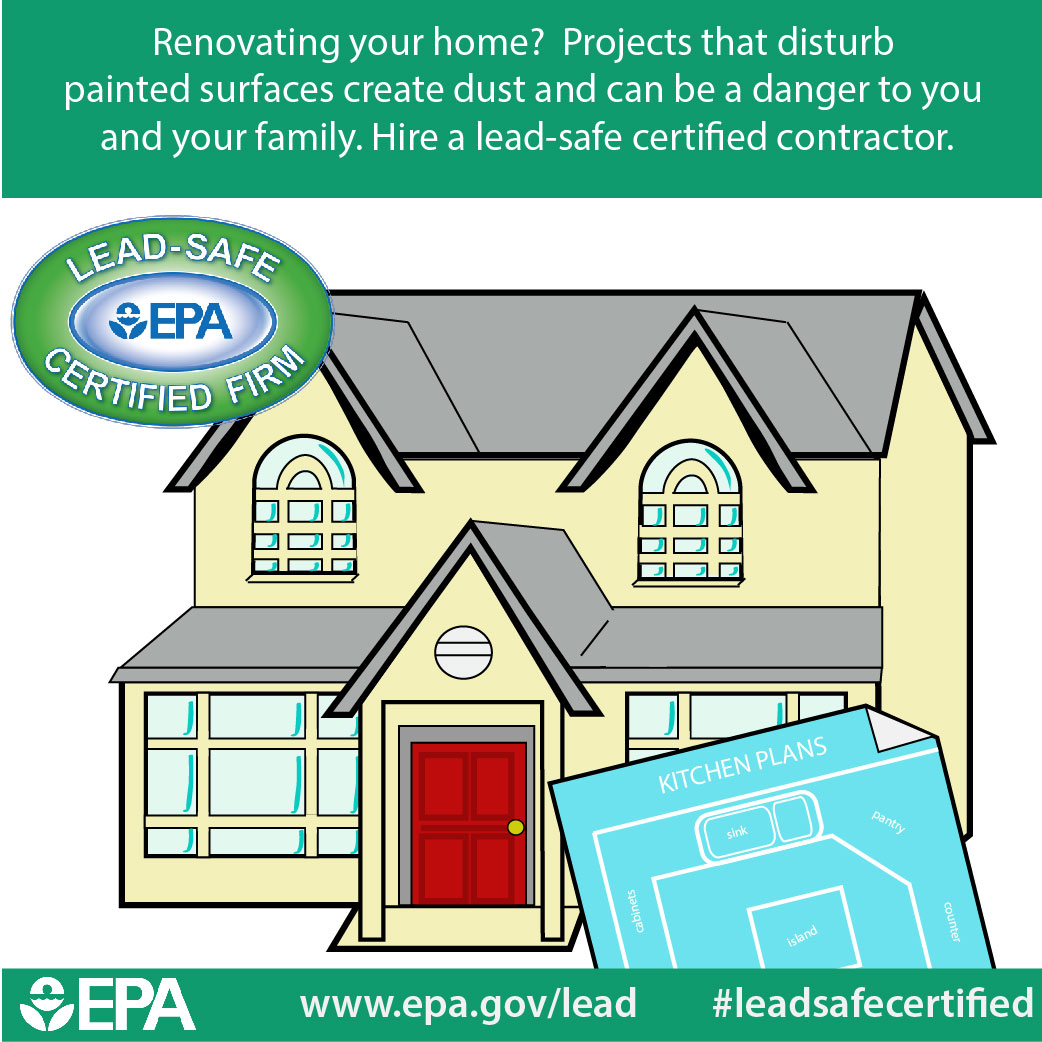Seasonal Factors To Consider For Industrial Exterior Painting: What You Required To Know
Seasonal Factors To Consider For Industrial Exterior Painting: What You Required To Know
Blog Article
Web Content Writer-McLamb Celik
When you're planning an industrial external painting job, seasonal factors can make or damage your results. You'll want to take into consideration how temperature level and humidity influence paint application and drying out times. Picking the ideal period can guarantee your paint adheres correctly and lasts much longer. But which periods are truly the most effective for this kind of job? Allow's check out the key elements that can influence your project's success.
The Effect of Temperature Level on Paint Application
When you're planning a business outside painting project, the temperature can considerably affect just how well the paint sticks and dries.
Preferably, you want to paint when temperature levels vary in between 50 ° F and 85 ° F. If it's too chilly, the paint might not heal effectively, causing problems like peeling off or splitting.
On the other hand, if it's also warm, the paint can dry out also quickly, preventing correct bond and leading to an uneven surface.
You must also take into consideration the moment of day; morning or late afternoon offers cooler temperatures, which can be much more favorable.
Always examine the producer's recommendations for the specific paint you're utilizing, as they typically provide assistance on the perfect temperature level array for ideal outcomes.
Moisture and Its Effect on Drying Times
Temperature level isn't the only ecological element that influences your commercial outside paint task; humidity plays a considerable function too. High moisture levels can decrease drying out times substantially, influencing the general high quality of your paint task.
When the air is filled with dampness, the paint takes longer to cure, which can bring about concerns like bad bond and a greater threat of mildew development. If you're painting on an especially humid day, be prepared for extended delay times in between layers.
use this link to keep track of local climate condition and plan as necessary. Ideally, go for humidity degrees between 40% and 70% for ideal drying.
Maintaining these factors in mind ensures your task remains on track and provides a long-term coating.
Best Seasons for Commercial Outside Painting Projects
What's the very best time of year for your industrial exterior painting tasks?
Springtime and very early fall are commonly your best choices. During these periods, temperatures are mild, and moisture degrees are typically lower, producing suitable conditions for paint application and drying out.
Stay hills painting of summer's intense heat, which can trigger paint to dry also swiftly, resulting in poor bond and finish. Similarly, winter months's cold temperatures can hinder appropriate drying and treating, running the risk of the longevity of your paint work.
Go for days with temperatures between 50 ° F and 85 ° F for optimum outcomes. Keep in mind to examine the regional weather forecast for rain, as wet problems can spoil your job.
Planning around these factors guarantees your painting task runs efficiently and lasts much longer.
Conclusion
Finally, planning your commercial external painting tasks around seasonal considerations can make a significant distinction in the outcome. By scheduling work during the ideal temperatures and humidity degrees, you'll make sure far better attachment and drying times. Remember to keep an eye on local weather report and pick the correct time of year-- springtime and very early loss are your best options. Taking these actions will help you accomplish a sturdy and specialist coating that lasts.
